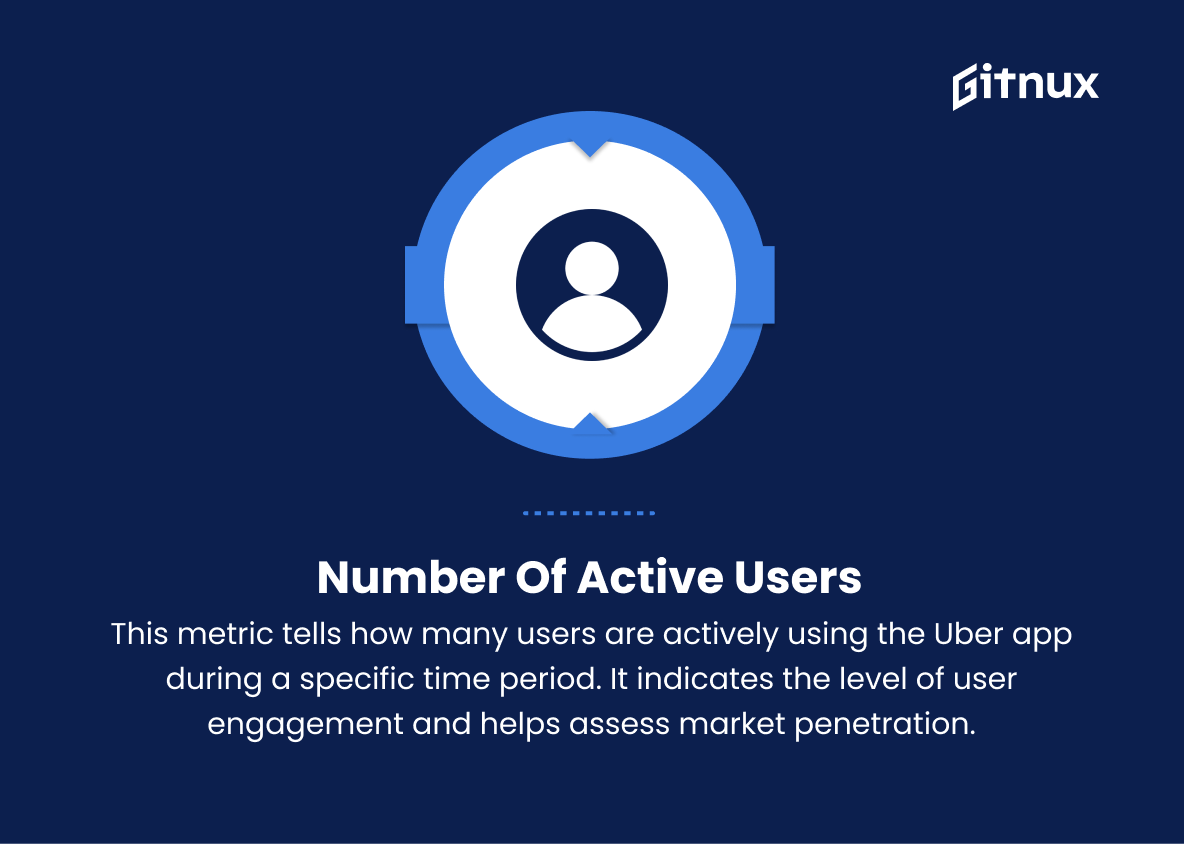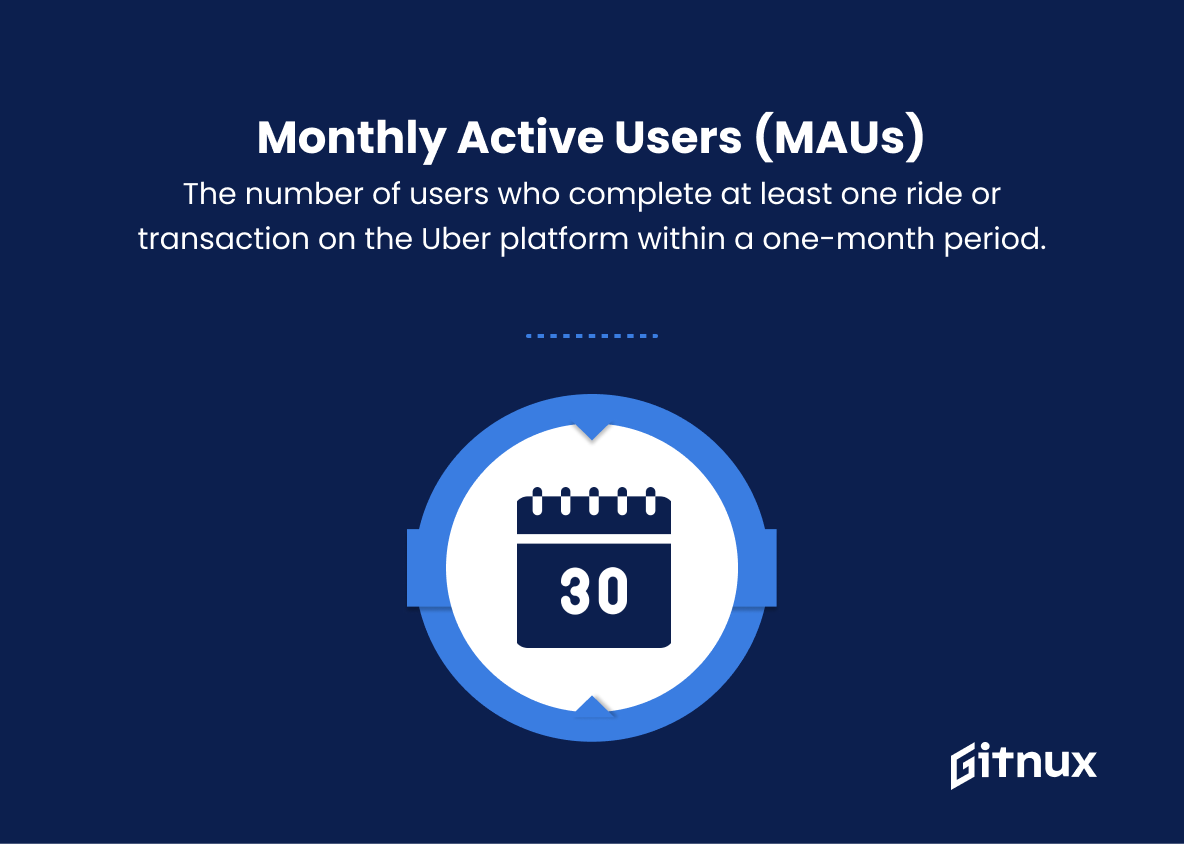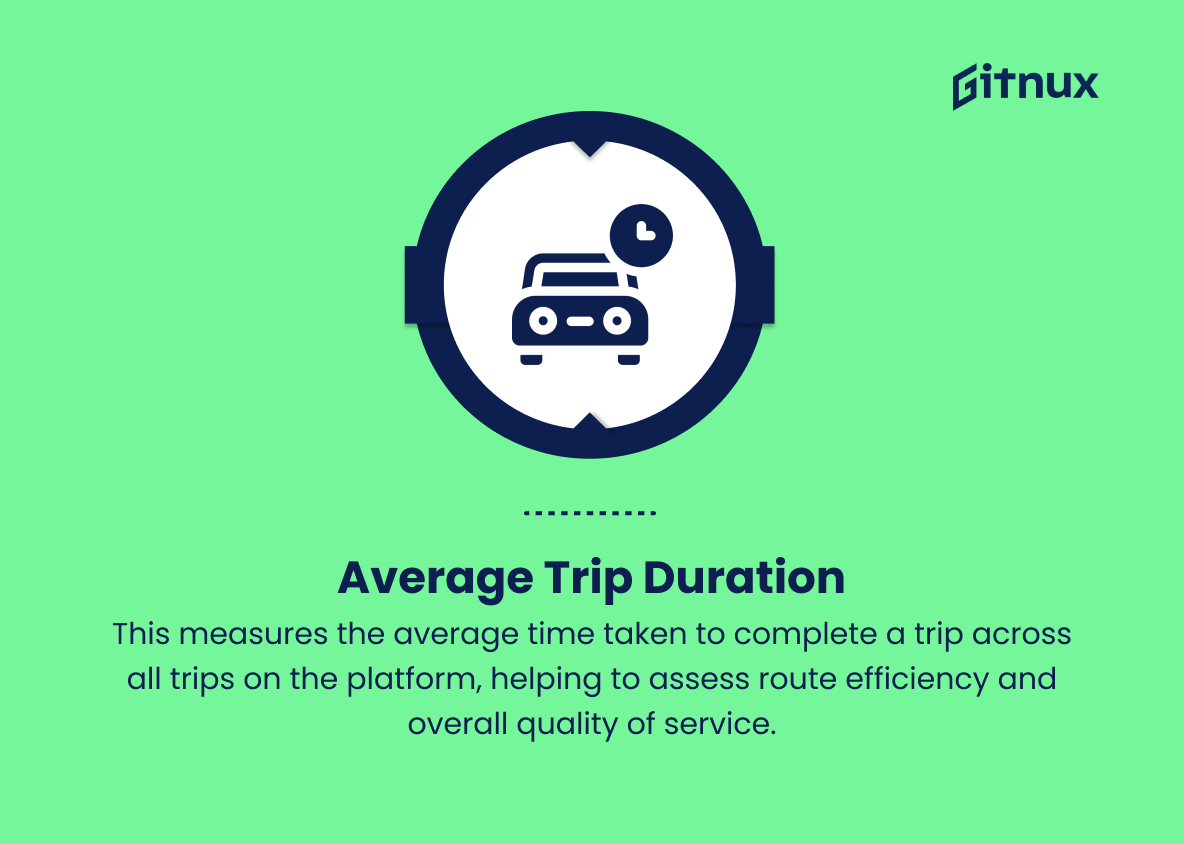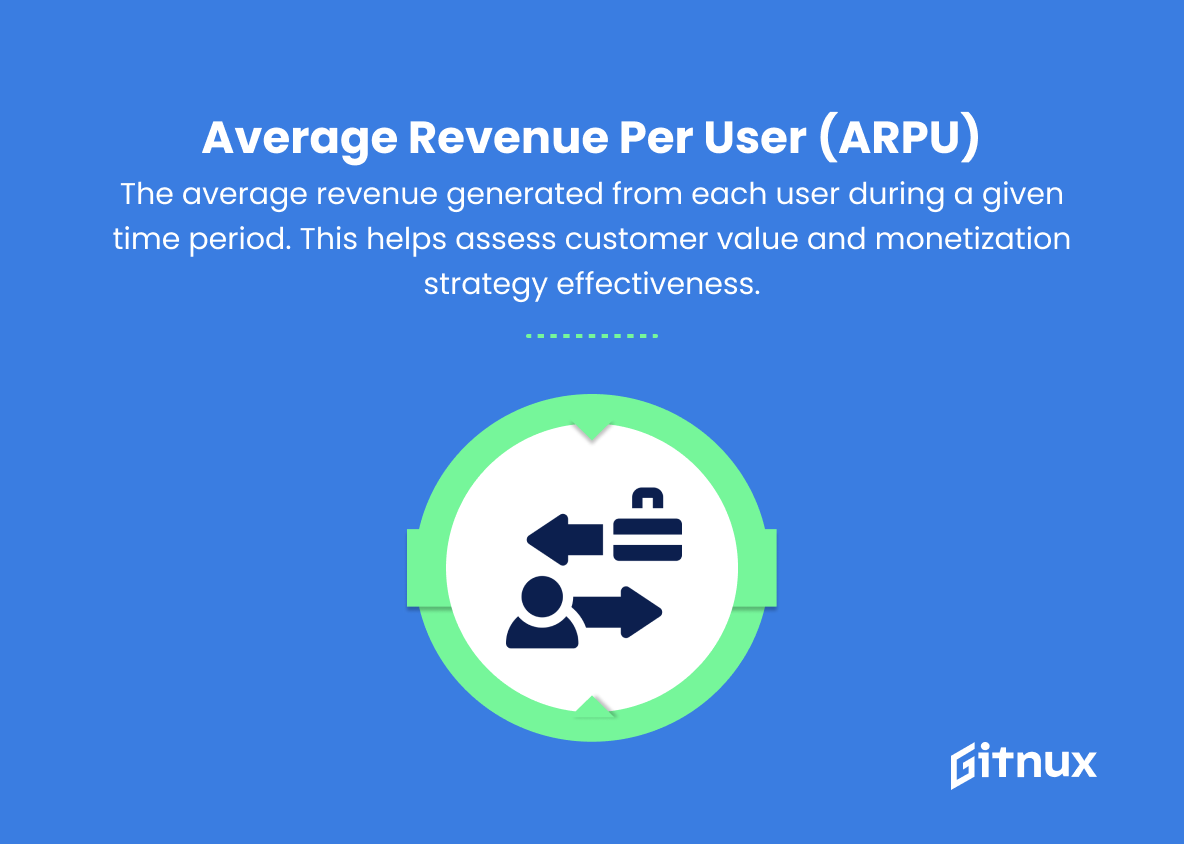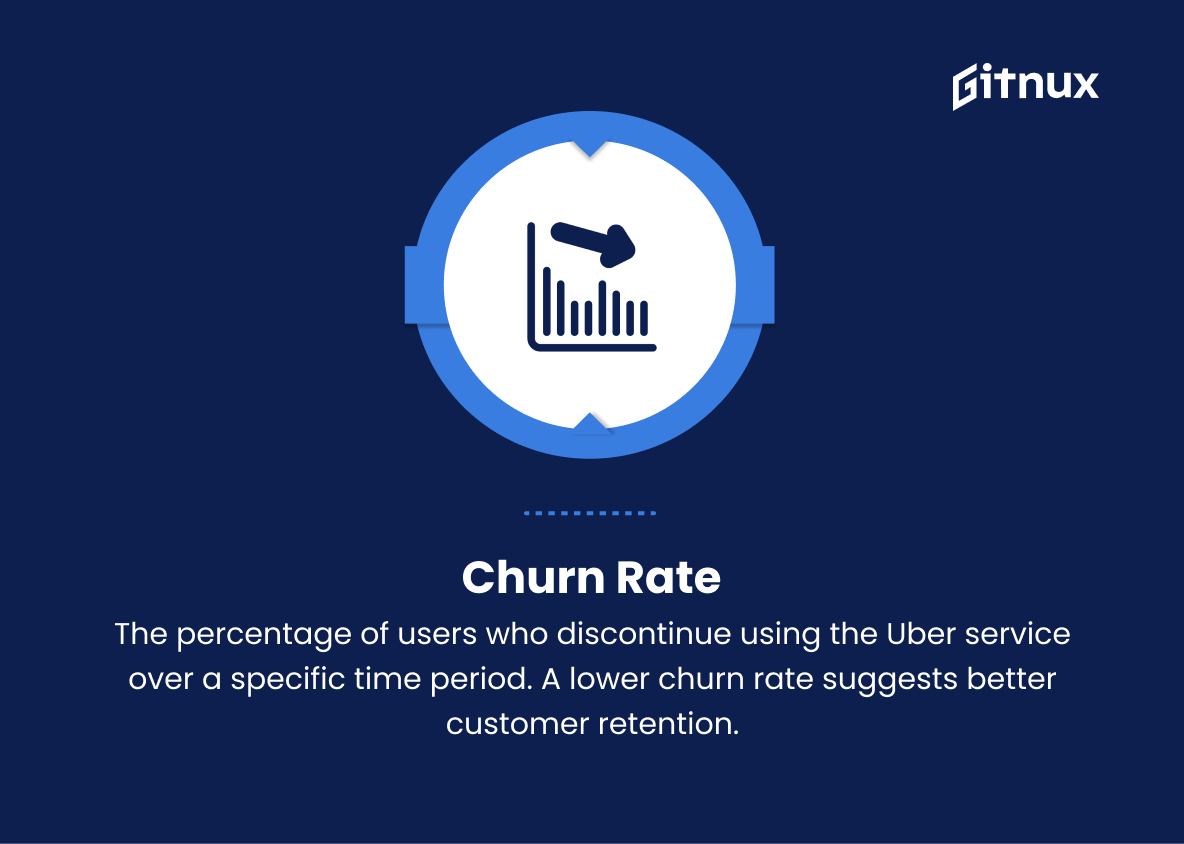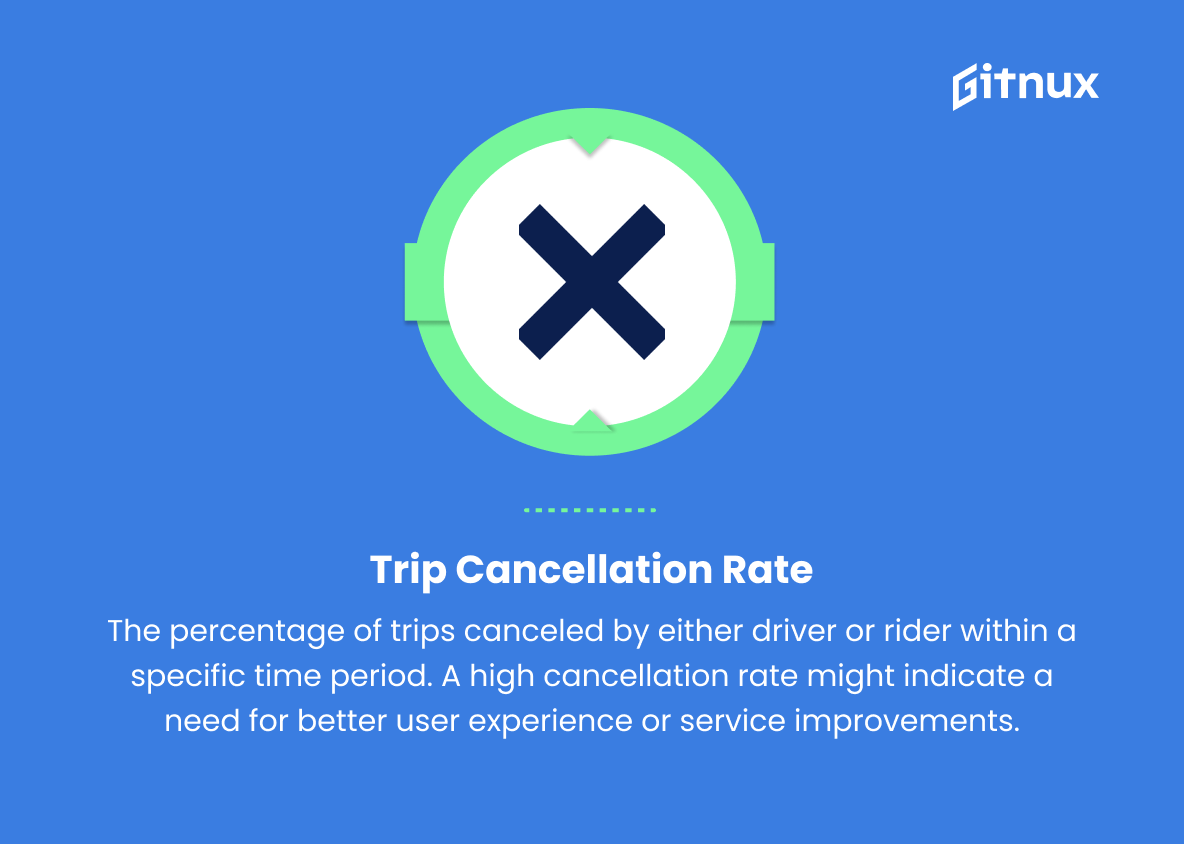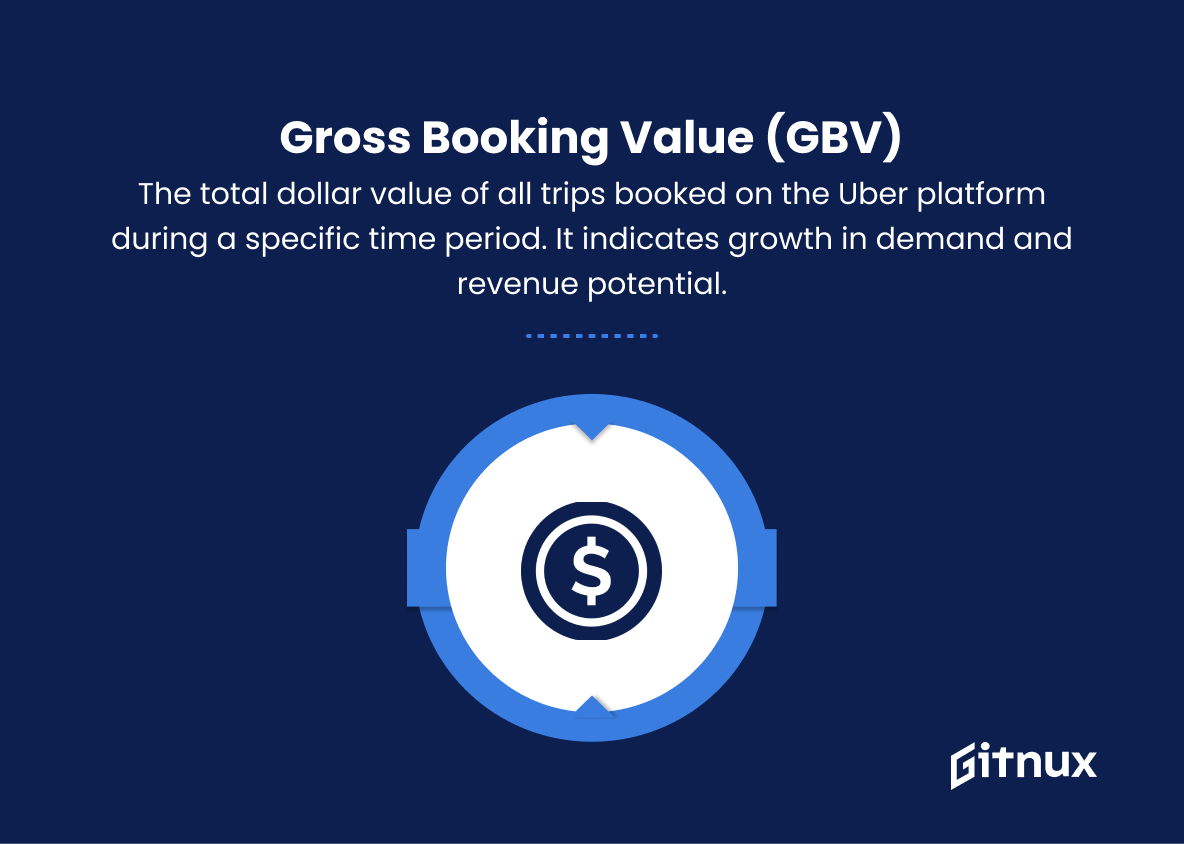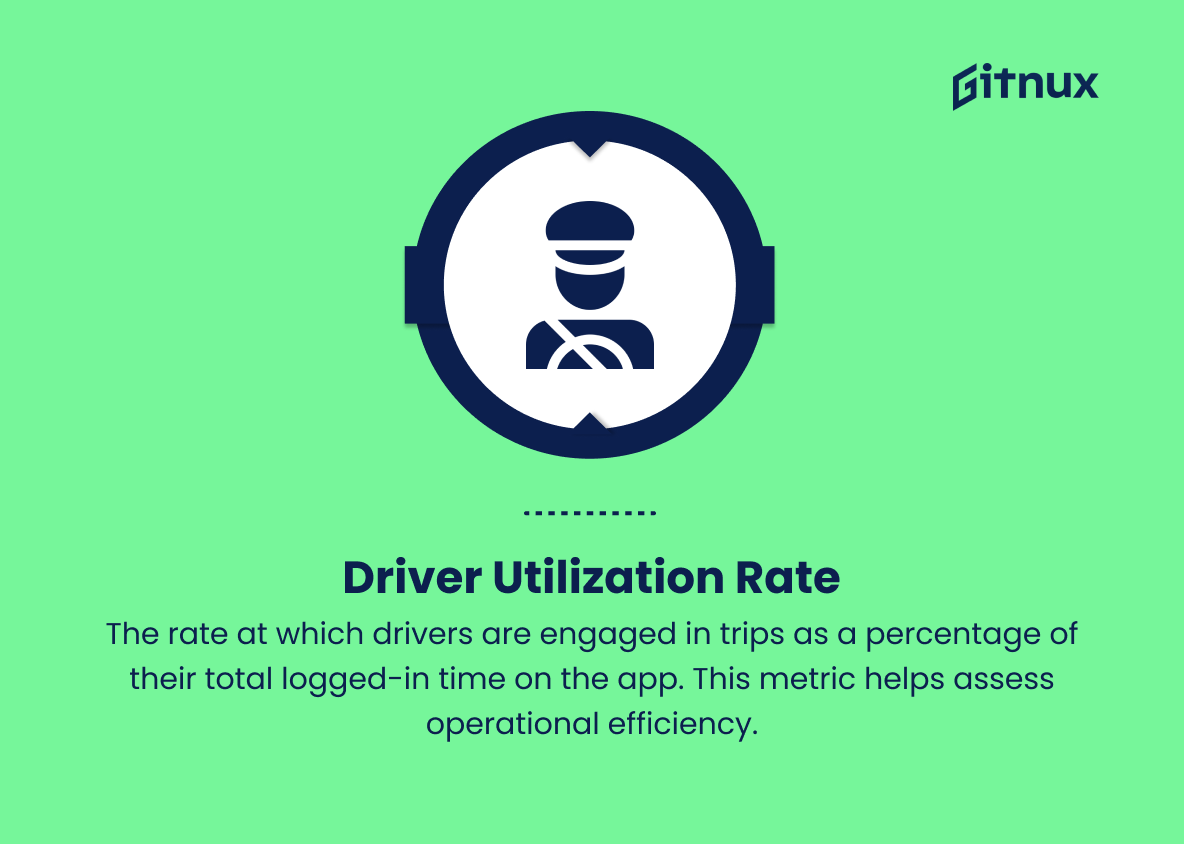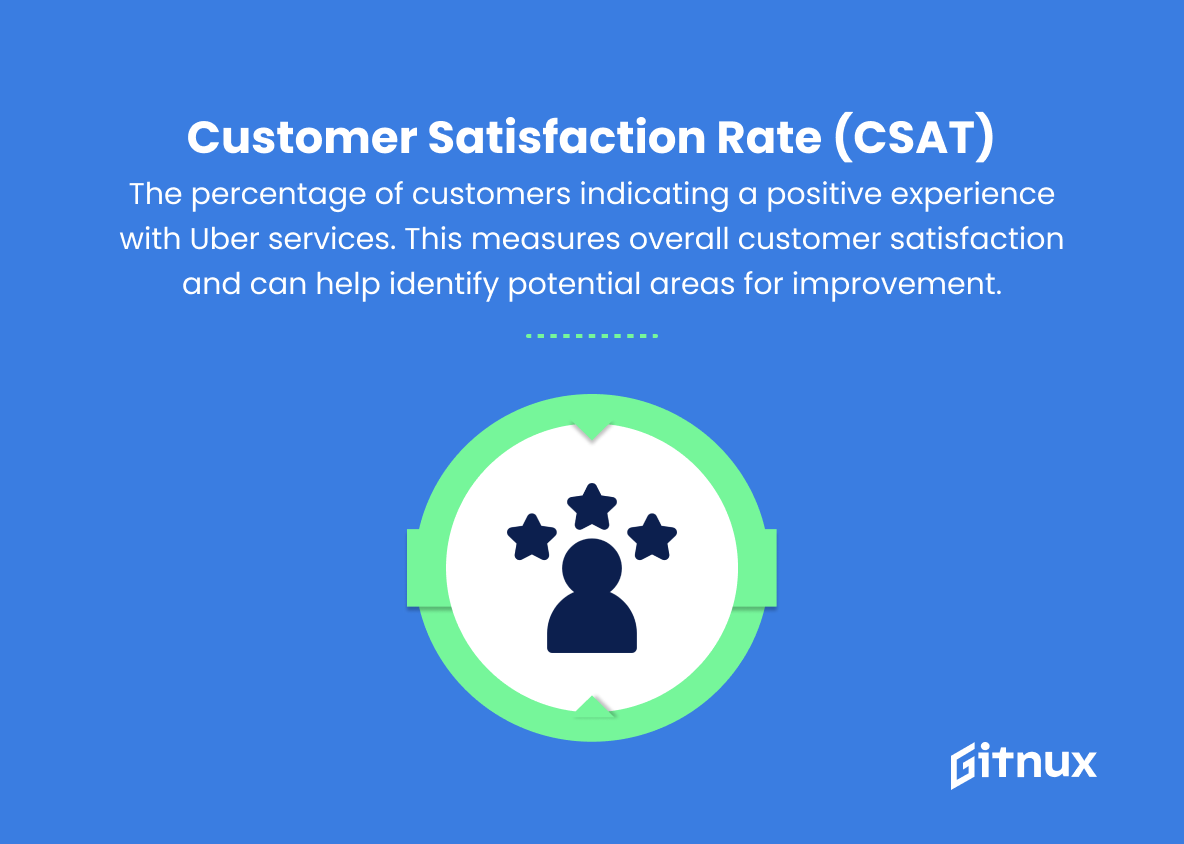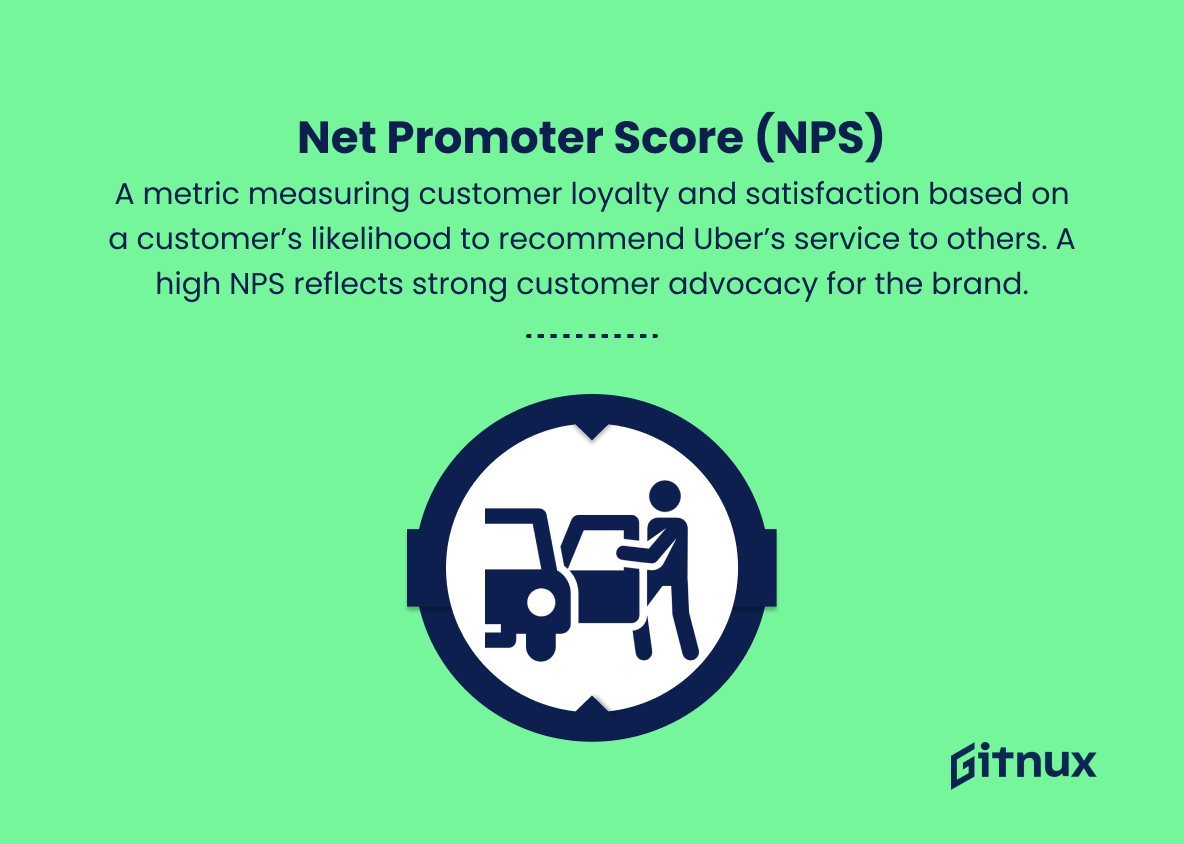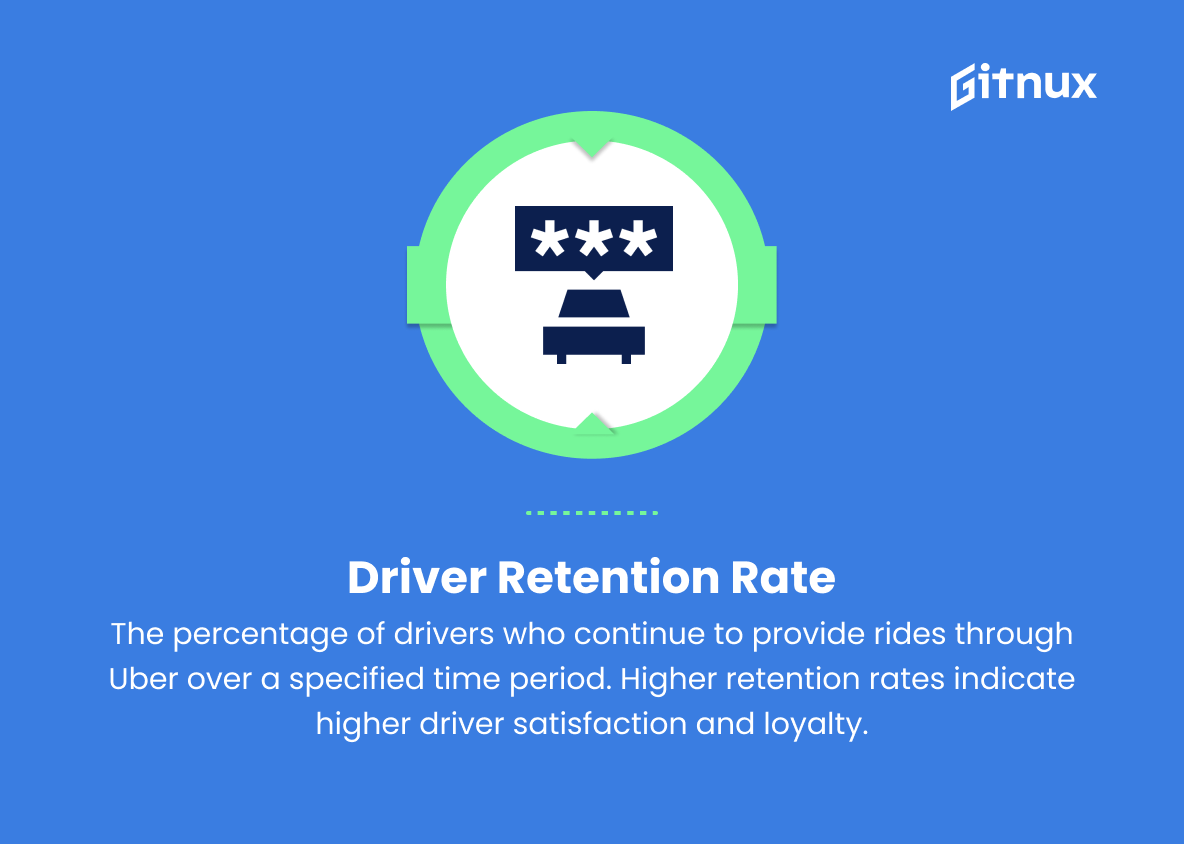In today’s rapidly evolving business landscape, data-driven decision making has become an integral aspect of success for companies. As one of the pioneers in the gig economy and ride-sharing industry, Uber has continually leveraged key metrics to drive strategic growth and enhance customer experiences.
In this blog post, we will delve into the world of Uber’s most crucial performance indicators and assess how these metrics have shaped the organization’s journey to global dominance. By understanding the intricacies of Uber’s operational effectiveness, profitability, and customer satisfaction measurements, readers will gain valuable insights into what it takes to excel in the competitive realm of digital innovation. So buckle up, as we embark on an analytical ride through Uber’s key metrics.
Uber Key Metrics You Should Know
1. Number of Active Users
This metric tells how many users are actively using the Uber app during a specific time period. It indicates the level of user engagement and helps assess market penetration.
2. Number of Trips
The total number of rides completed on the app during a given time frame. This metric evaluates the growth and success of Uber’s primary service.
3. Completed Trips per Hour
This quantifies the efficiency of the platform by calculating the average number of trips completed per hour per driver.
4. Monthly Active Users (MAUs)
The number of users who complete at least one ride or transaction on the Uber platform within a one-month period.
5. Average Trip Duration
This measures the average time taken to complete a trip across all trips on the platform, helping to assess route efficiency and overall quality of service.
6. Average Revenue per User (ARPU)
The average revenue generated from each user during a given time period. This helps assess customer value and monetization strategy effectiveness.
7. Churn Rate
The percentage of users who discontinue using the Uber service over a specific time period. A lower churn rate suggests better customer retention.
8. Customer Acquisition Cost (CAC)
The total cost of acquiring a new customer, including marketing and promotional expenses. It helps assess the effectiveness of Uber’s marketing efforts.
9. Trip Cancellation Rate
The percentage of trips canceled by either driver or rider within a specific time period. A high cancellation rate might indicate a need for better user experience or service improvements.
10. Gross Booking Value (GBV)
The total dollar value of all trips booked on the Uber platform during a specific time period. It indicates growth in demand and revenue potential.
11. Driver Utilization Rate
The rate at which drivers are engaged in trips as a percentage of their total logged-in time on the app. This metric helps assess operational efficiency.
12. Customer Satisfaction Rate (CSAT)
The percentage of customers indicating a positive experience with Uber services. This measures overall customer satisfaction and can help identify potential areas for improvement.
13. Revenue Attrition Rate
The rate at which customers reduce their spending on the platform during a specific period. A low attrition rate suggests better customer retention and loyalty.
14. Net Promoter Score (NPS)
A metric measuring customer loyalty and satisfaction based on a customer’s likelihood to recommend Uber’s service to others. A high NPS reflects strong customer advocacy for the brand.
15. Driver Retention Rate
The percentage of drivers who continue to provide rides through Uber over a specified time period. Higher retention rates indicate higher driver satisfaction and loyalty.
Uber Key Metrics Explained
The Uber Key Metrics are crucial for evaluating the company’s performance, user base, and operational efficiency. Active users, trips, and MAUs offer insight into the level of user engagement and market penetration, reflecting the success of Uber’s primary service. Efficiency metrics such as completed trips per hour, average trip duration, and driver utilization rate help assess the platform’s operational effectiveness and overall service quality. Uber’s financial performance can be measured through ARPU, CAC, GBV, and revenue attrition rate, which monitor customer value, marketing efforts, revenue potential, and customer retention.
Additionally, churn rate, cancellation rate, customer satisfaction, NPS, and driver retention rate serve as indicators of user experience, service quality, and overall loyalty to the Uber platform. By tracking and analyzing these key metrics, Uber can identify areas for improvement, measure performance against goals, and make data-driven decisions to foster growth and competitiveness in the ridesharing market.
Conclusion
In summary, understanding Uber’s key metrics is crucial for grasping the intricacies of its business model and performance in the competitive ride-hailing market. By monitoring crucial indicators such as customer acquisition costs, lifetime value, pricing, utilization rates, and market share, investors, analysts, and even competitors can make more informed decisions regarding the future trajectory of the company. As urban mobility continues to evolve, and Uber expands its services beyond ride-hailing, it is imperative to keep a close eye on these essential metrics to accurately assess the company’s overall performance and position in the global market.
